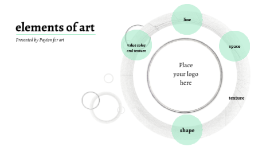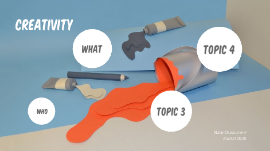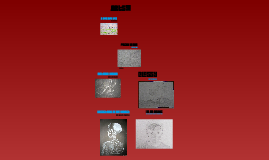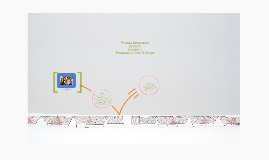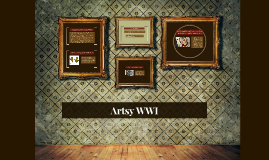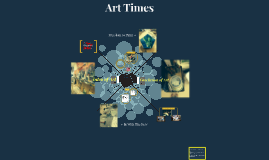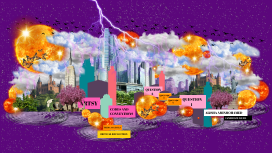Artsy
Transcript: Changes in Art During and After WWI Traditional Western art ideas from before the war were turned around. People started to speak their emotional views through the pieces they created. “World War I reshaped the notion of what art is, just as it forever altered the perception of what war is” (Johnson). “In visual art, Surrealists and Expressionists devised wobbly, chopped-up perspectives and nightmarish visions of fractured human bodies and splintered societies slouching toward moral chaos” (Johnson). Dada, an art movement developed in Switzerland, created pieces of art that made people question society instead of pleasing artwork. Art changed from artistic styles to expressive styles. Broken Gun sculpture found in Belgium Self-Portrait by Max Beckmann is shown at the Paris' Pompidou center in France this painting shows a man expressing how he truly feels about the war war produced chaos making him feel hopeless for things to go back to normal "Maple leaf in sunder by razor blade" by Karl-Ludwig Poggemann Berlin, 2007 Disillusionment of the war /Razor The razor, originally used for good, is now being used to strip a living leaf in half . This is just as the war was thought to have been a good thing until people realized how bad it can actually be. The razor left the leaf unable to put itself back together just as the people were left hopeless after the war http://study.com/academy/lesson/reflections-of-war-in-early-20th-century-art.html Art in World War I Artsy WWI this gun, once thought of as a good thing having the advantage over the enemy, is now seen as a bad thing, killing many soldiers. they wanted piece ; no more war breaking the gun symbolizes the start of peace/ no more war Socio-cultural changes in art in the decade following World War I do reflect the concept of a Lost Generation.






